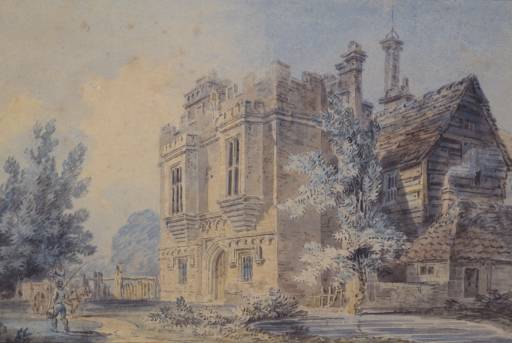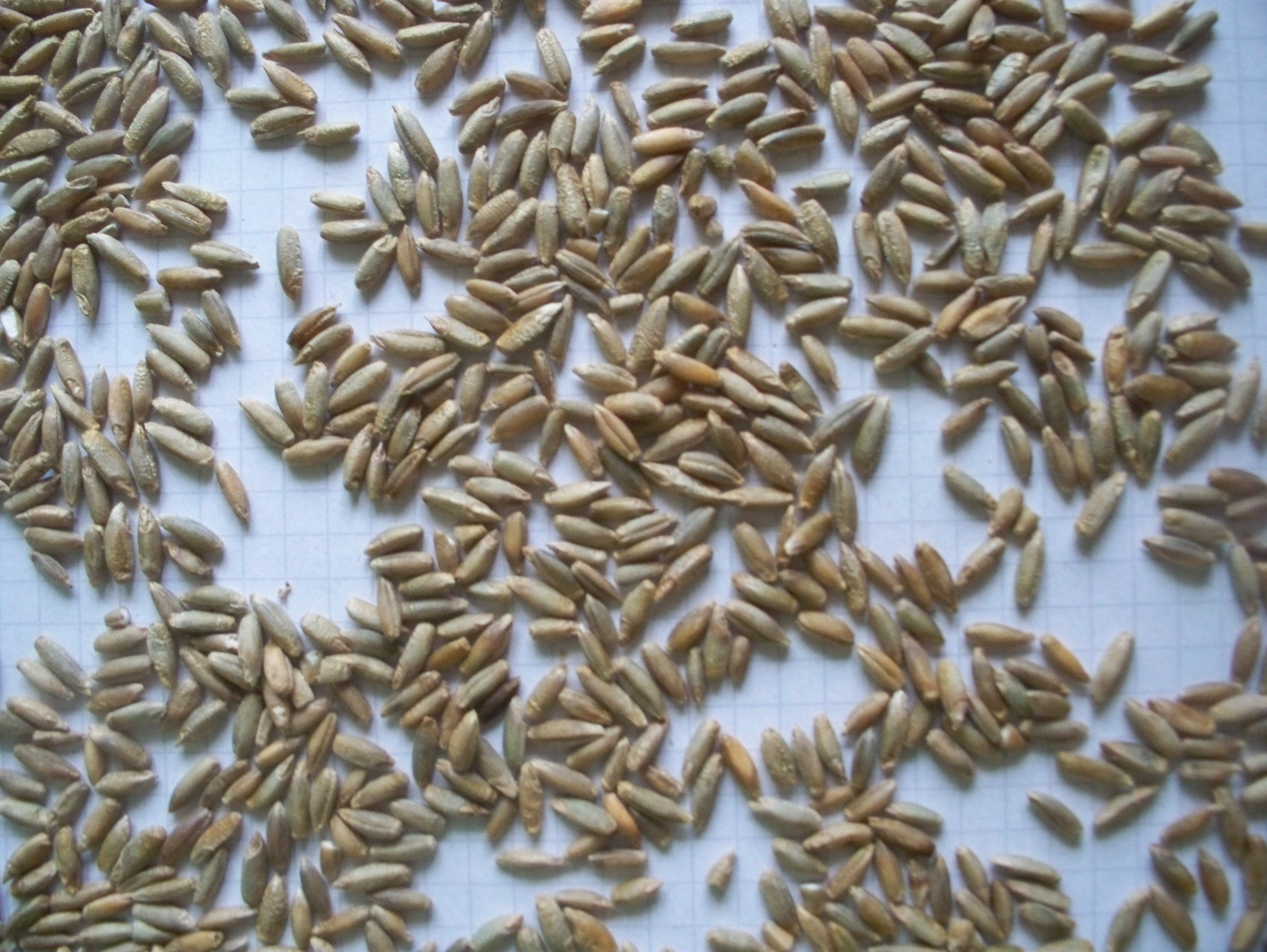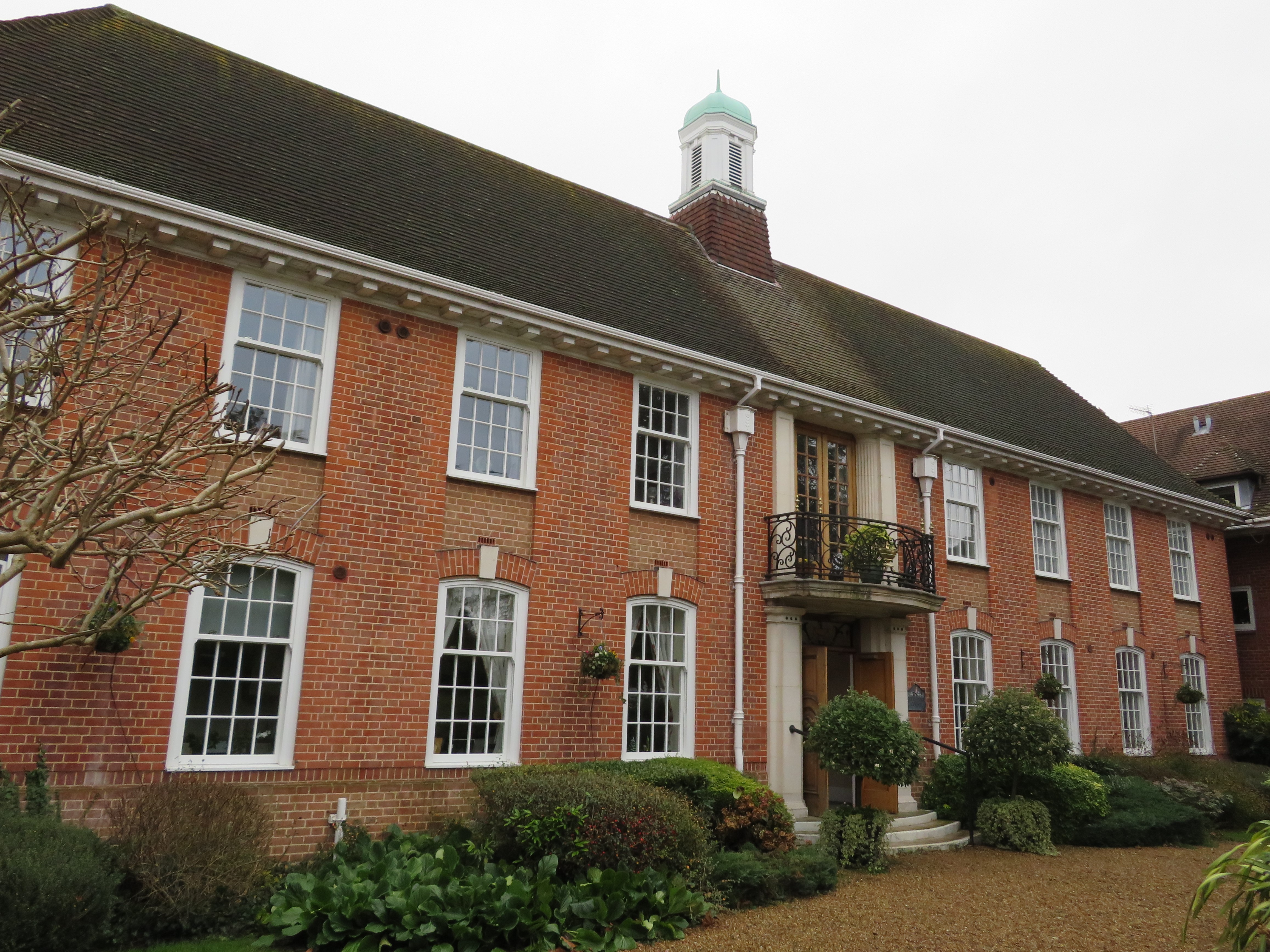|
Rye House Plot
The Rye House Plot of 1683 was a plan to assassinate King Charles II of England and his brother (and heir to the throne) James, Duke of York. The royal party went from Westminster to Newmarket to see horse races and were expected to make the return journey on 1 April 1683, but because there was a major fire in Newmarket on 22 March (which destroyed half the town), the races were cancelled, and the King and the Duke returned to London early. As a result, the planned attack never took place. Historians vary in their assessment of the degree to which details of the conspiracy were finalised. Whatever the state of the assassination plot, plans to mount a rebellion against the Stuart monarchy were being entertained by some opposition leaders in England. The government cracked down hard on those in a series of state trials, accompanied with repressive measures and widespread searches for arms. The Plot presaged, and may have hastened, the rebellions of 1685, the Monmouth Rebell ... [...More Info...] [...Related Items...] OR: [Wikipedia] [Google] [Baidu] |
Rye House 1793 Turner
Rye (''Secale cereale'') is a grass grown extensively as a grain, a cover crop and a forage crop. It is a member of the wheat tribe (Triticeae) and is closely related to both wheat (''Triticum'') and barley (genus ''Hordeum''). Rye grain is used for flour, bread, beer, crispbread, some whiskeys, some vodkas, and animal fodder. It can also be eaten whole, either as boiled rye berries or by being rolled, similar to rolled oats. Rye is a cereal grain and should not be confused with ryegrass, which is used for lawns, pasture, and as hay for livestock. Distribution and habitat Rye is one of a number of species that grow wild in the Levant, central and eastern Turkey and in adjacent areas. Evidence uncovered at the Epipalaeolithic site of Tell Abu Hureyra in the Euphrates valley of northern Syria suggests that rye was among the first cereal crops to be systematically cultivated, around 13,000 years ago. However, that claim remains controversial; critics point to inconsistencie ... [...More Info...] [...Related Items...] OR: [Wikipedia] [Google] [Baidu] |
Exclusion Bill
The Exclusion Crisis ran from 1679 until 1681 in the reign of King Charles II of England, Scotland and Ireland. Three Exclusion bills sought to exclude the King's brother and heir presumptive, James, Duke of York, from the thrones of England, Scotland and Ireland because he was Roman Catholic. None became law. Two new parties formed. The Tories were opposed to this exclusion while the "Country Party", who were soon to be called the Whigs, supported it. While the matter of James's exclusion was not decided in Parliament during Charles's reign, it would come to a head only three years after James took the throne, when he was deposed in the Glorious Revolution of 1688. Finally, the Act of Settlement 1701 decided definitively that Catholics were to be excluded from the English, Scottish and Irish thrones, now the British throne. Background In 1673, when he refused to take the oath prescribed by the new Test Act, it became publicly known that the Duke of York was a Roman Catholic ... [...More Info...] [...Related Items...] OR: [Wikipedia] [Google] [Baidu] |
Armed Resistance
A military, also known collectively as armed forces, is a heavily armed, highly organized force primarily intended for warfare. It is typically authorized and maintained by a sovereign state, with its members identifiable by their distinct military uniform. It may consist of one or more military branches such as an army, navy, air force, space force, marines, or coast guard. The main task of the military is usually defined as defence of the state and its interests against external armed threats. In broad usage, the terms ''armed forces'' and ''military'' are often treated as synonymous, although in technical usage a distinction is sometimes made in which a country's armed forces may include both its military and other paramilitary forces. There are various forms of irregular military forces, not belonging to a recognized state; though they share many attributes with regular military forces, they are less often referred to as simply ''military''. A nation's military may f ... [...More Info...] [...Related Items...] OR: [Wikipedia] [Google] [Baidu] |
Rye House 1777 Forster2
Rye (''Secale cereale'') is a grass grown extensively as a grain, a cover crop and a forage crop. It is a member of the wheat tribe (Triticeae) and is closely related to both wheat (''Triticum'') and barley (genus ''Hordeum''). Rye grain is used for flour, bread, beer, crispbread, some whiskeys, some vodkas, and animal fodder. It can also be eaten whole, either as boiled rye berries or by being rolled, similar to rolled oats. Rye is a cereal grain and should not be confused with ryegrass, which is used for lawns, pasture, and as hay for livestock. Distribution and habitat Rye is one of a number of species that grow wild in the Levant, central and eastern Turkey and in adjacent areas. Evidence uncovered at the Epipalaeolithic site of Tell Abu Hureyra in the Euphrates valley of northern Syria suggests that rye was among the first cereal crops to be systematically cultivated, around 13,000 years ago. However, that claim remains controversial; critics point to inconsistencie ... [...More Info...] [...Related Items...] OR: [Wikipedia] [Google] [Baidu] |
Newmarket, England
Newmarket is a market town and civil parish in the West Suffolk district of Suffolk, England. Located (14 miles) west of Bury St Edmunds and (14 miles) northeast of Cambridge. It is considered the birthplace and global centre of thoroughbred horse racing. It is a major local business cluster, with annual investment rivalling that of the Cambridge Science Park, the other major cluster in the region. It is the largest racehorse training centre in Britain, the largest racehorse breeding centre in the country, home to most major British horseracing institutions, and a key global centre for horse health. Two Classic races, and an additional three British Champions Series races are held at Newmarket every year. The town has had close royal connections since the time of James I, who built a palace there, and was also a base for Charles I, Charles II, and most monarchs since. Elizabeth II visited the town often to see her horses in training. Newmarket has over fifty horse training stabl ... [...More Info...] [...Related Items...] OR: [Wikipedia] [Google] [Baidu] |
Richard Rumbold
Richard Rumbold (1622–1685) was a Parliamentarian soldier and political radical, exiled for his role in the 1683 Rye House Plot and later executed for taking part in the 1685 Argyll's Rising. During the Wars of the Three Kingdoms, he joined the New Model Army, and was one of the guards at the execution of Charles I of England in January 1649. He reached the rank of Captain before being dismissed from the army after the 1660 Restoration. Closely involved with radical politics, he was implicated in the 1683 Rye House Plot, an alleged plan to assassinate Charles II of England and his brother James. After it was discovered, he escaped to the Dutch Republic, then took part in the 1685 Argyll's Rising, an unsuccessful attempt to drive James from the throne. Captured after being badly wounded, he was executed at Edinburgh on 26 June 1685. His speech from the scaffold included the statement "none comes into the world with a saddle on his back, neither any booted and spurred to ride h ... [...More Info...] [...Related Items...] OR: [Wikipedia] [Google] [Baidu] |
Moat
A moat is a deep, broad ditch, either dry or filled with water, that is dug and surrounds a castle, fortification, building or town, historically to provide it with a preliminary line of defence. In some places moats evolved into more extensive water defences, including natural or artificial lakes, dams and sluices. In older fortifications, such as hillforts, they are usually referred to simply as ditches, although the function is similar. In later periods, moats or water defences may be largely ornamental. They could also act as a sewer. Historical use Ancient Some of the earliest evidence of moats has been uncovered around ancient Egyptian castles. One example is at Buhen, a castle excavated in Nubia. Other evidence of ancient moats is found in the ruins of Babylon, and in reliefs from ancient Egypt, Assyria, and other cultures in the region. Evidence of early moats around settlements has been discovered in many archaeological sites throughout Southeast Asia, including ... [...More Info...] [...Related Items...] OR: [Wikipedia] [Google] [Baidu] |
Hoddesdon
Hoddesdon () is a town in the Borough of Broxbourne, Hertfordshire, lying entirely within the London Metropolitan Area and Greater London Urban Area. The area is on the River Lea and the Lee Navigation along with the New River. Hoddesdon is the second most populated town in Broxbourne with a population of 42,253 according to the United Kingdom's 2011 census. It borders Ware to the North, Nazeing in Essex to the East, and Broxbourne to the South. The Prime Meridian passes just to the east of Hoddesdon. The town is served by Rye House railway station and nearby Broxbourne railway station. History Early history The name "Hoddesdon" is believed to be derived from a Saxon or Danish personal name combined with the Old English suffix "don", meaning a down or hill. The earliest historical reference to the name is in the Domesday Book within the hundred of Hertford. Hoddesdon was situated about north of London on the main road to Cambridge and to the north. The road forked in ... [...More Info...] [...Related Items...] OR: [Wikipedia] [Google] [Baidu] |
Rye House, Hertfordshire
Rye House in Hoddesdon, Hertfordshire is a former fortified manor house, located in what is now the Lee Valley Regional Park. The gatehouse is the only surviving part of the structure and is a Grade I listed building. The house gave its name to the Rye House Plot The Rye House Plot of 1683 was a plan to assassinate King Charles II of England and his brother (and heir to the throne) James, Duke of York. The royal party went from Westminster to Newmarket to see horse races and were expected to make the ..., an assassination attempt of 1683 that was a violent consequence of the Exclusion Crisis in British politics at the end of the 1670s. History The ownership of Rye House was very stable over four centuries; but the fabric gradually ran down, and the buildings diminished. Foundation Andres Pedersen, a Danish soldier who took part in the Hundred Years' War, was denization, denizenised in England in 1433, becoming Sir Andrew Ogard. In 1443 he was allowed to impark part of th ... [...More Info...] [...Related Items...] OR: [Wikipedia] [Google] [Baidu] |
British Whig Party
The Whigs were a political faction and then a political party in the Parliaments of England, Scotland, Ireland, Great Britain and the United Kingdom. Between the 1680s and the 1850s, the Whigs contested power with their rivals, the Tories. The Whigs merged into the new Liberal Party with the Peelites and Radicals in the 1850s, and other Whigs left the Liberal Party in 1886 to form the Liberal Unionist Party, which merged into the Liberals' rival, the modern day Conservative Party, in 1912. The Whigs began as a political faction that opposed absolute monarchy and Catholic Emancipation, supporting constitutional monarchism with a parliamentary system. They played a central role in the Glorious Revolution of 1688 and were the standing enemies of the Roman Catholic Stuart kings and pretenders. The period known as the Whig Supremacy (1714–1760) was enabled by the Hanoverian succession of George I in 1714 and the failure of the Jacobite rising of 1715 by Tory rebels. The Whigs ... [...More Info...] [...Related Items...] OR: [Wikipedia] [Google] [Baidu] |
Anthony Ashley Cooper, 1st Earl Of Shaftesbury
Anthony Ashley Cooper, 1st Earl of Shaftesbury PC FRS (22 July 1621 – 21 January 1683; known as Anthony Ashley Cooper from 1621 to 1630, as Sir Anthony Ashley Cooper, 2nd Baronet from 1630 to 1661, and as The Lord Ashley from 1661 to 1672) was a prominent English politician during the Interregnum and the reign of King Charles II. A founder of the Whig party, he was also the patron of John Locke. Cooper was born in 1621. Having lost his parents by the age of eight, he was raised by Edward Tooker and other guardians named in his father's will. He attended Exeter College, Oxford, and Lincoln's Inn. He married the daughter of Thomas Coventry, 1st Baron Coventry in 1639; that patronage secured his first seat in the Short Parliament. He soon lost a disputed election to the Long Parliament. During the English Civil Wars he fought as a Royalist; then as a Parliamentarian from 1644. During the English Interregnum, he served on the English Council of State under Oliver Cromw ... [...More Info...] [...Related Items...] OR: [Wikipedia] [Google] [Baidu] |








